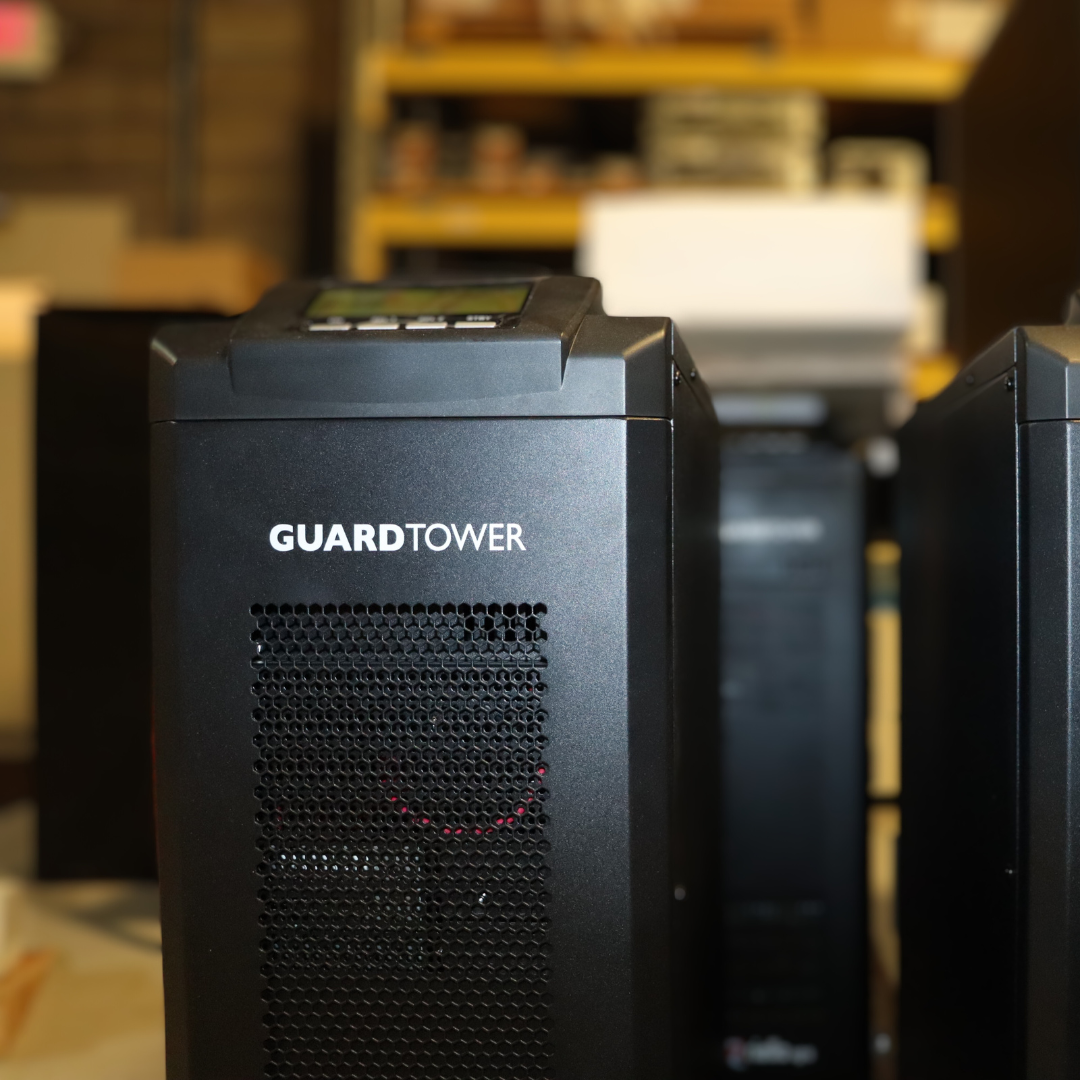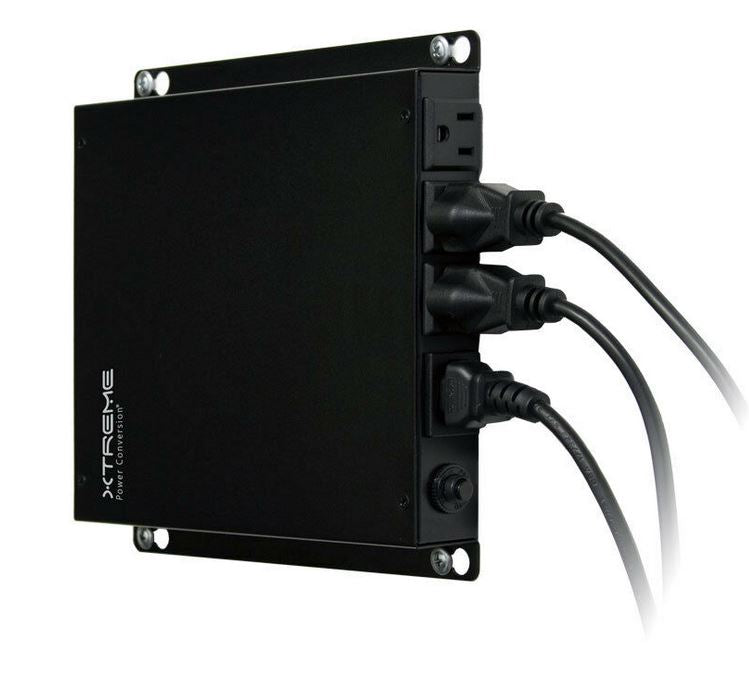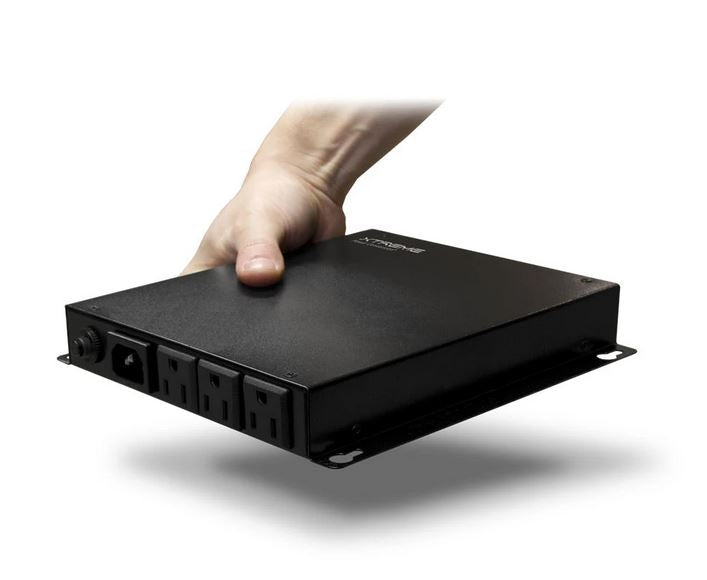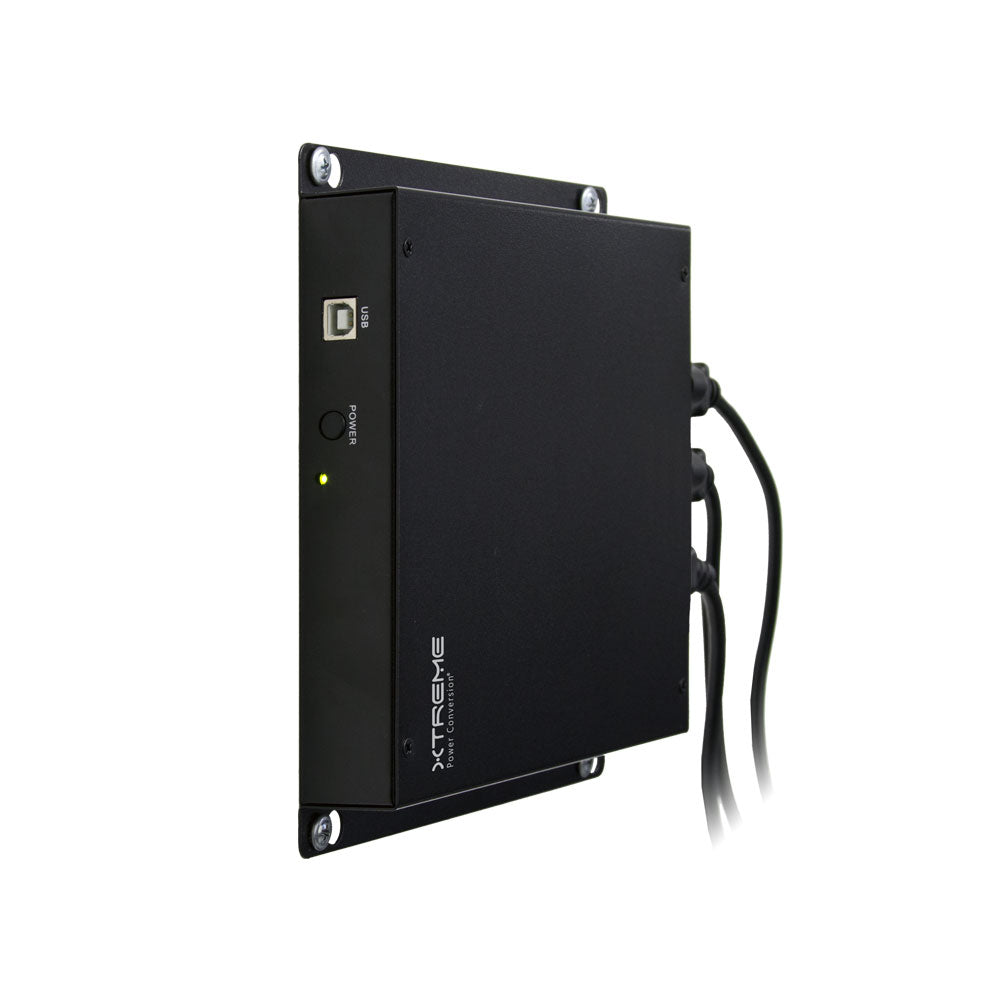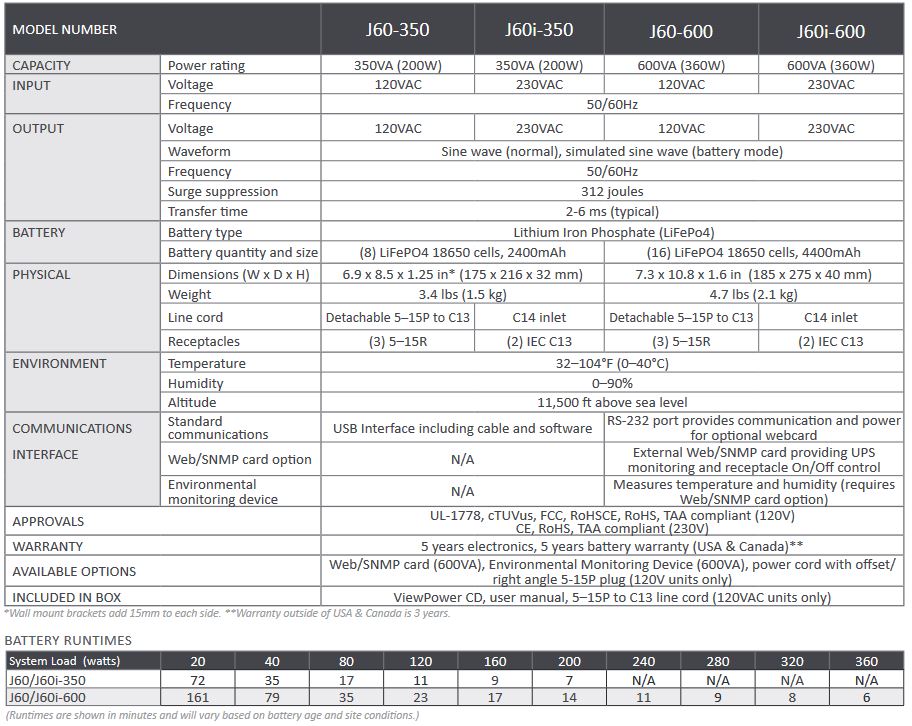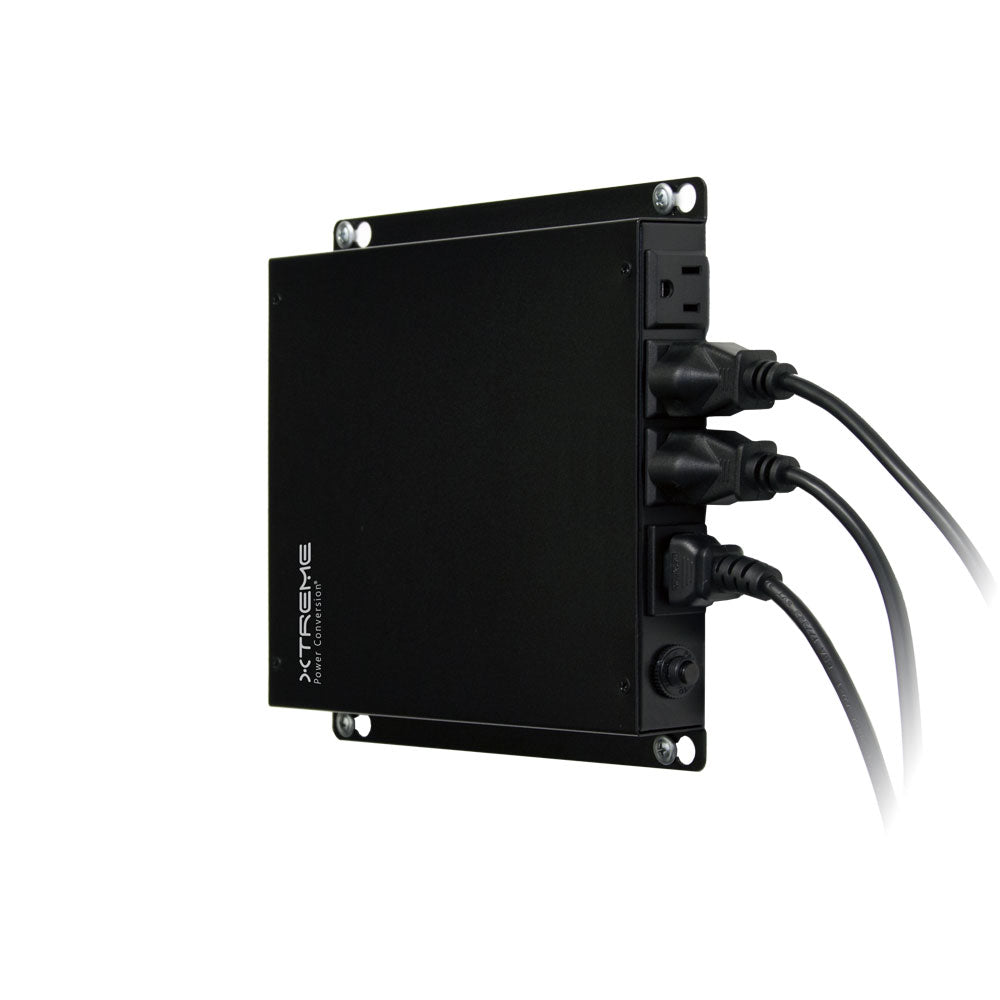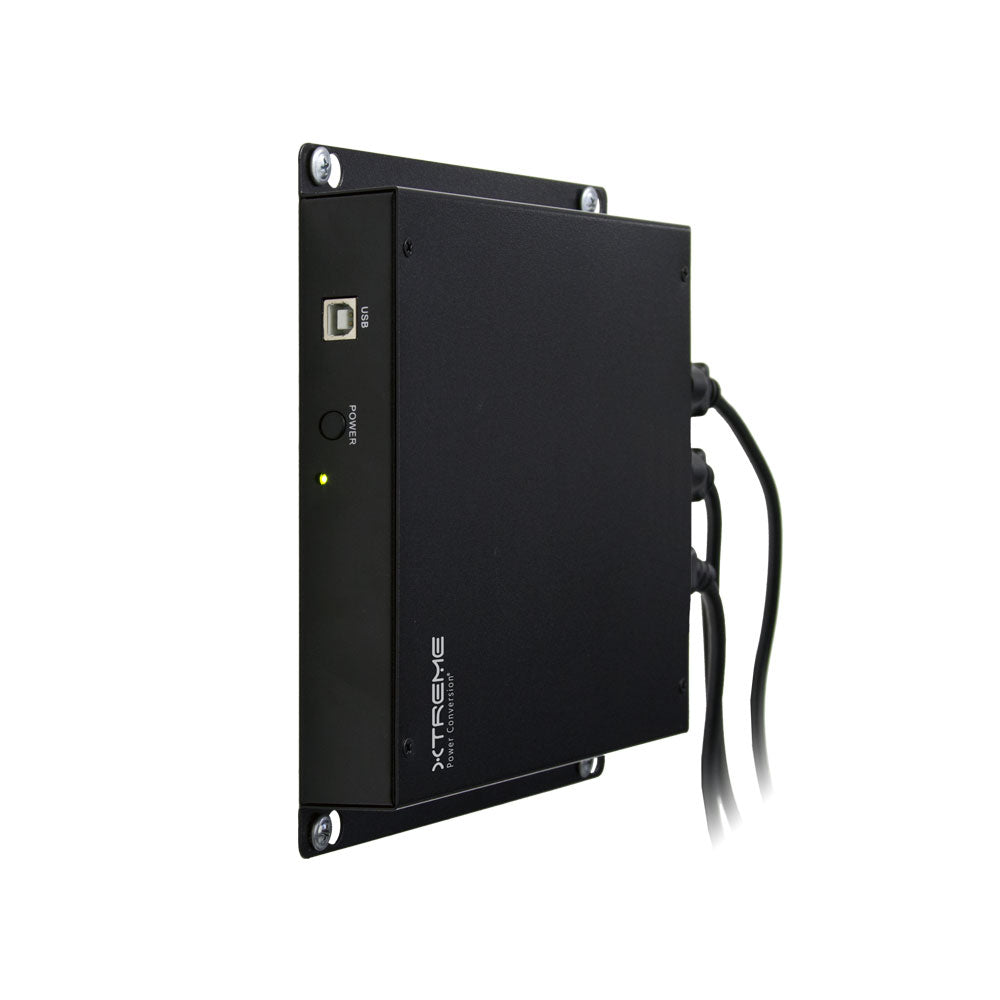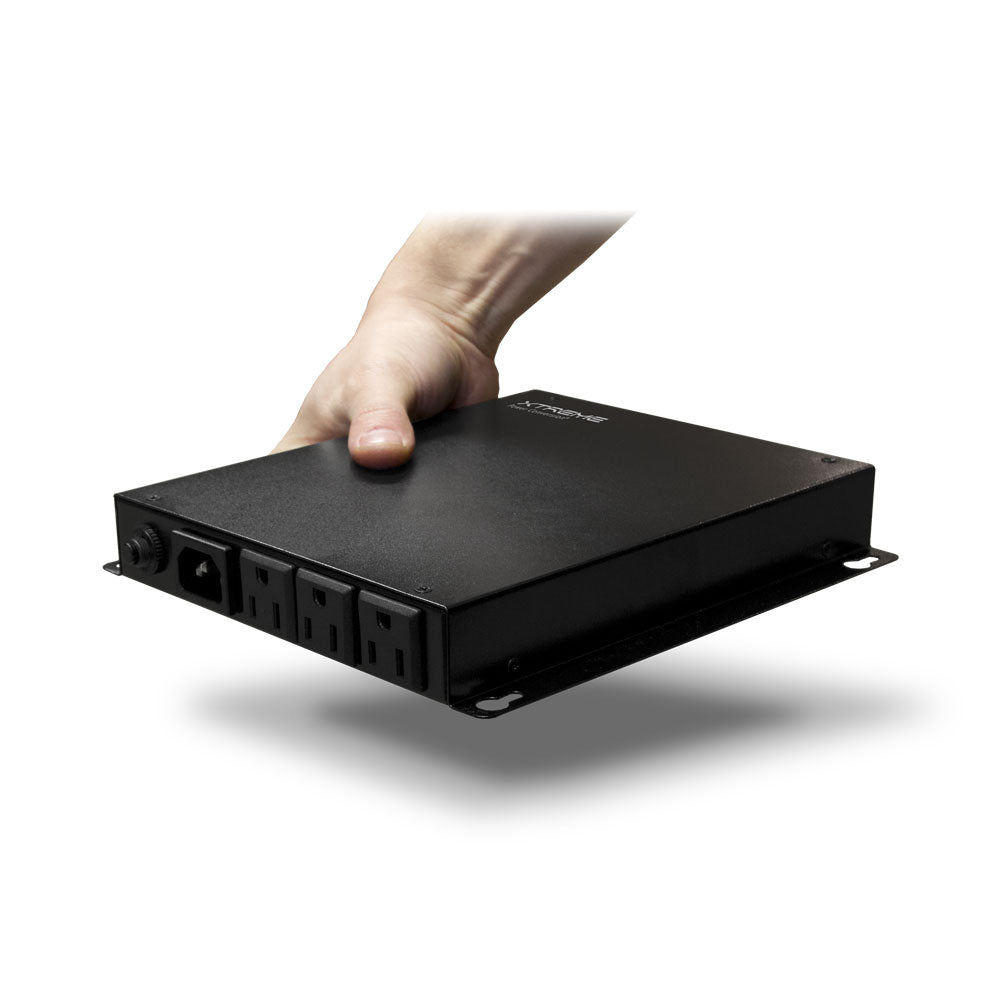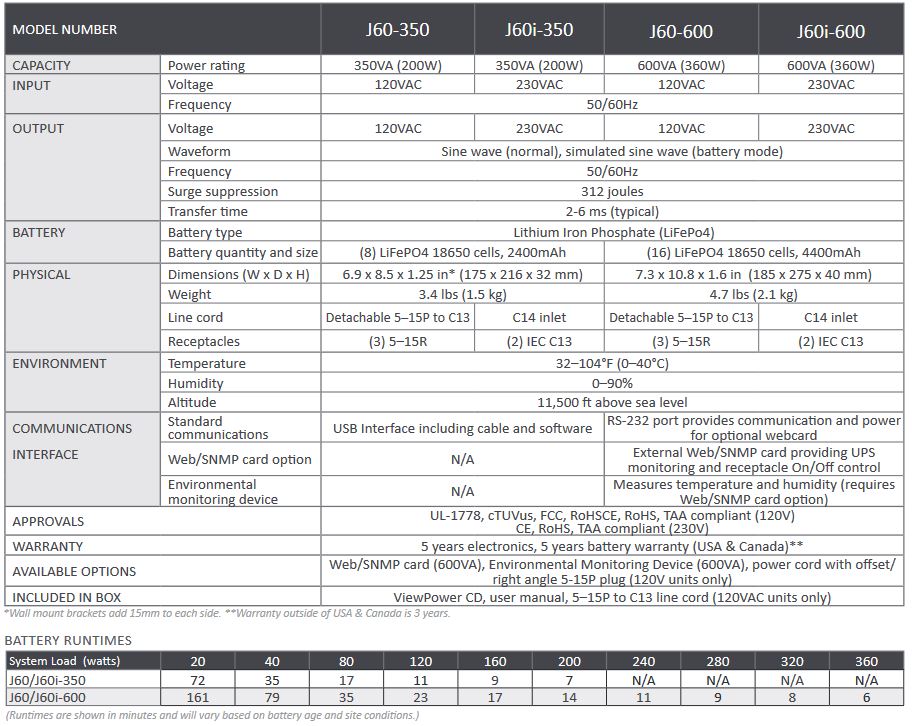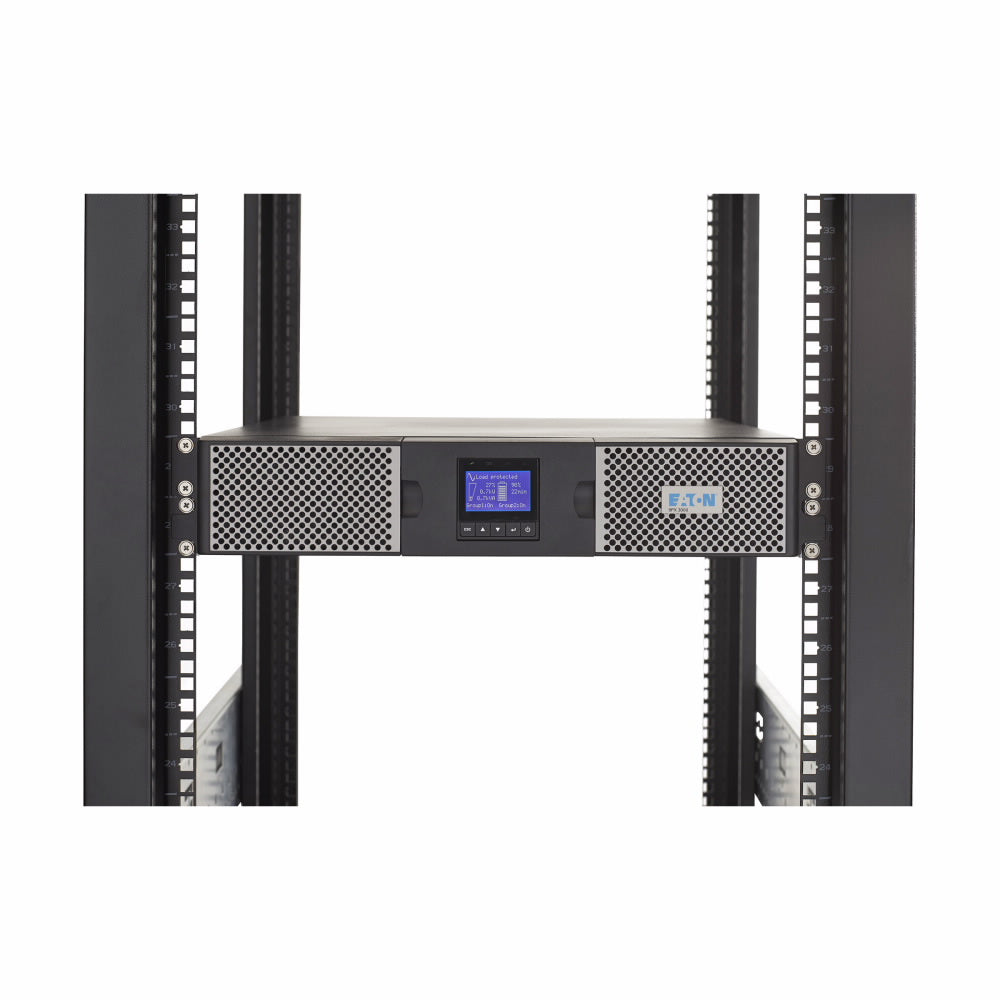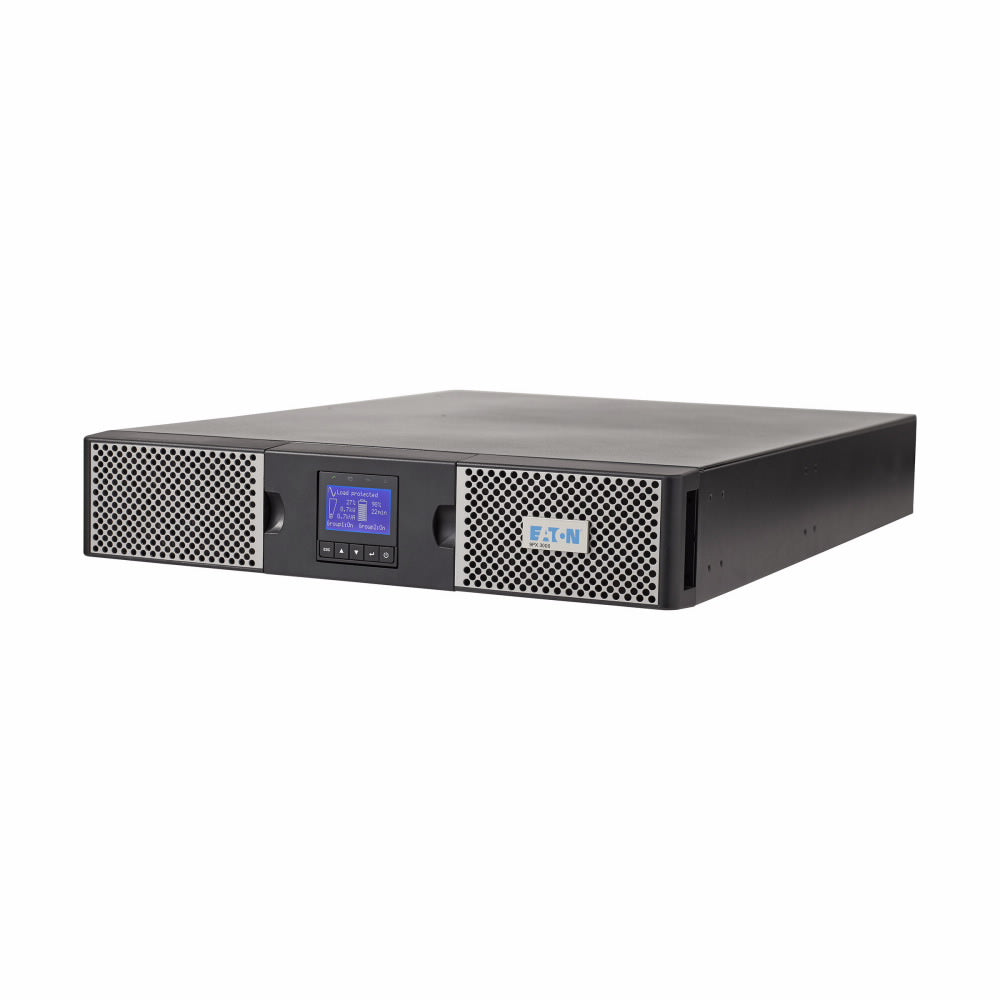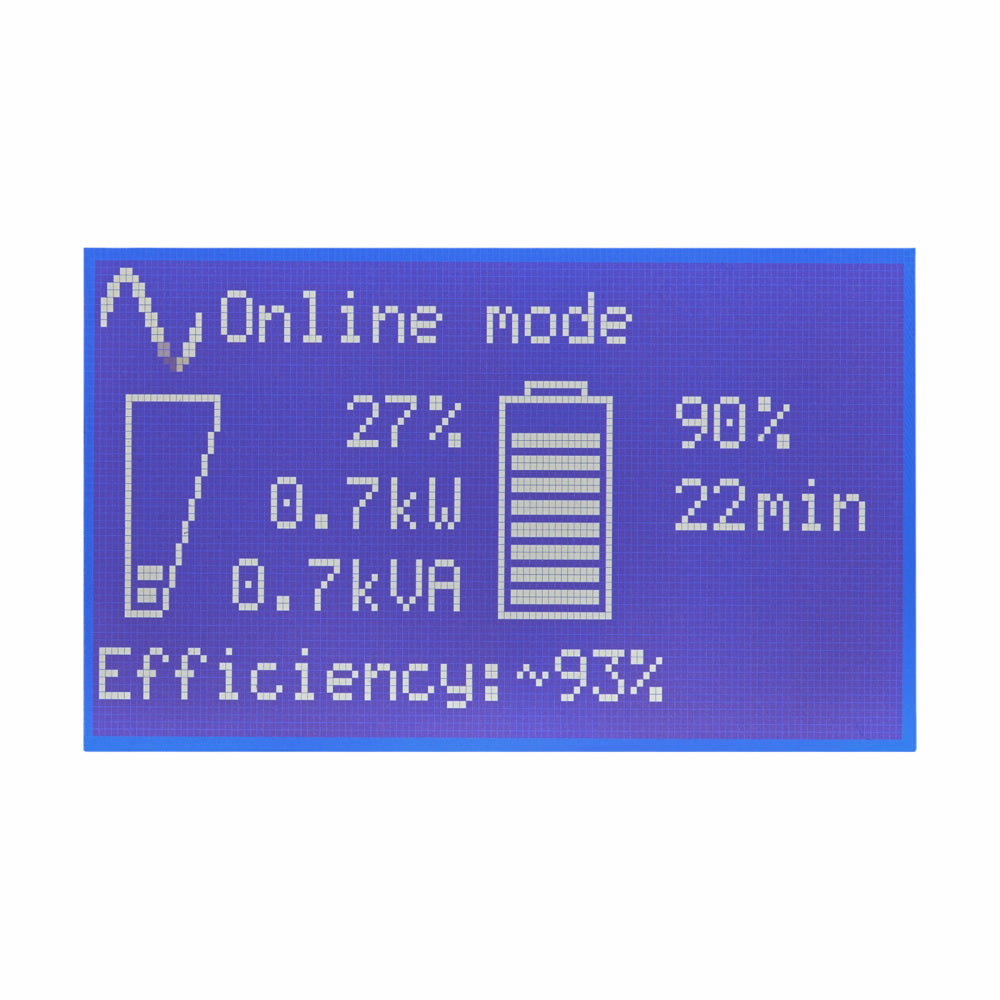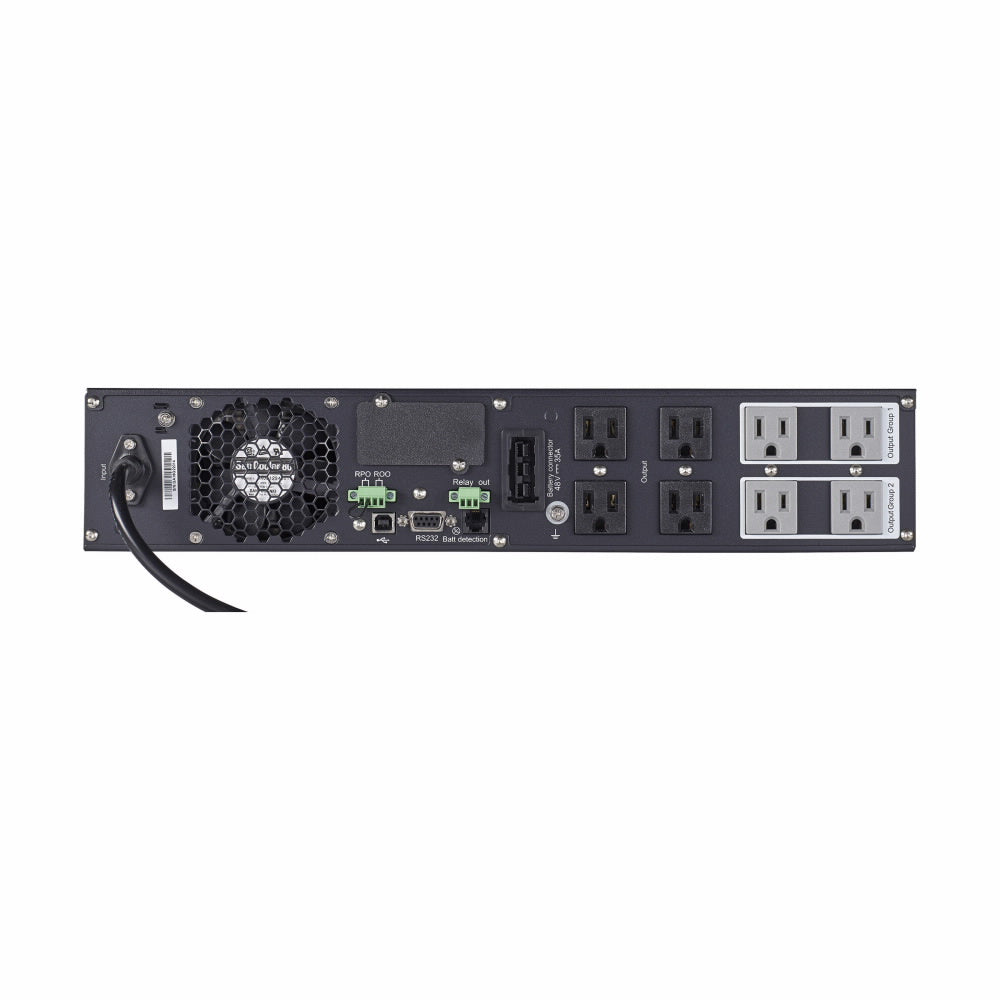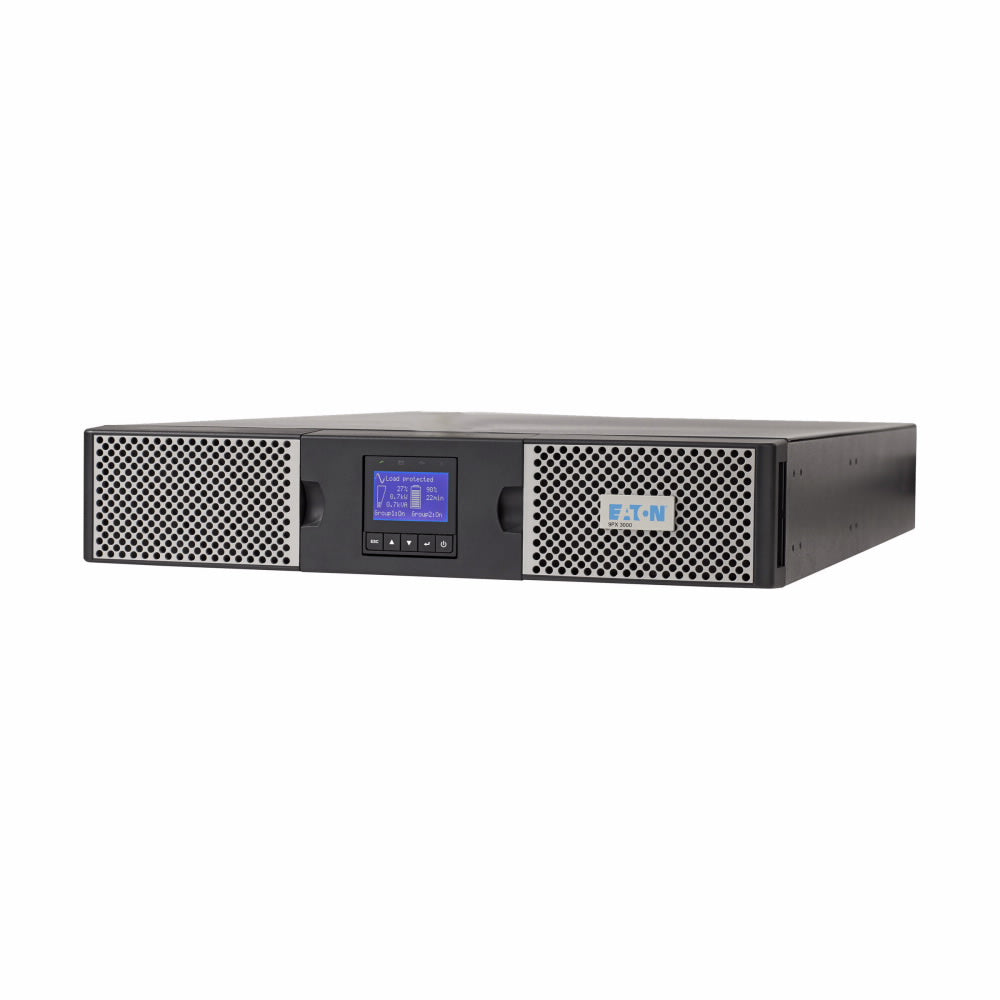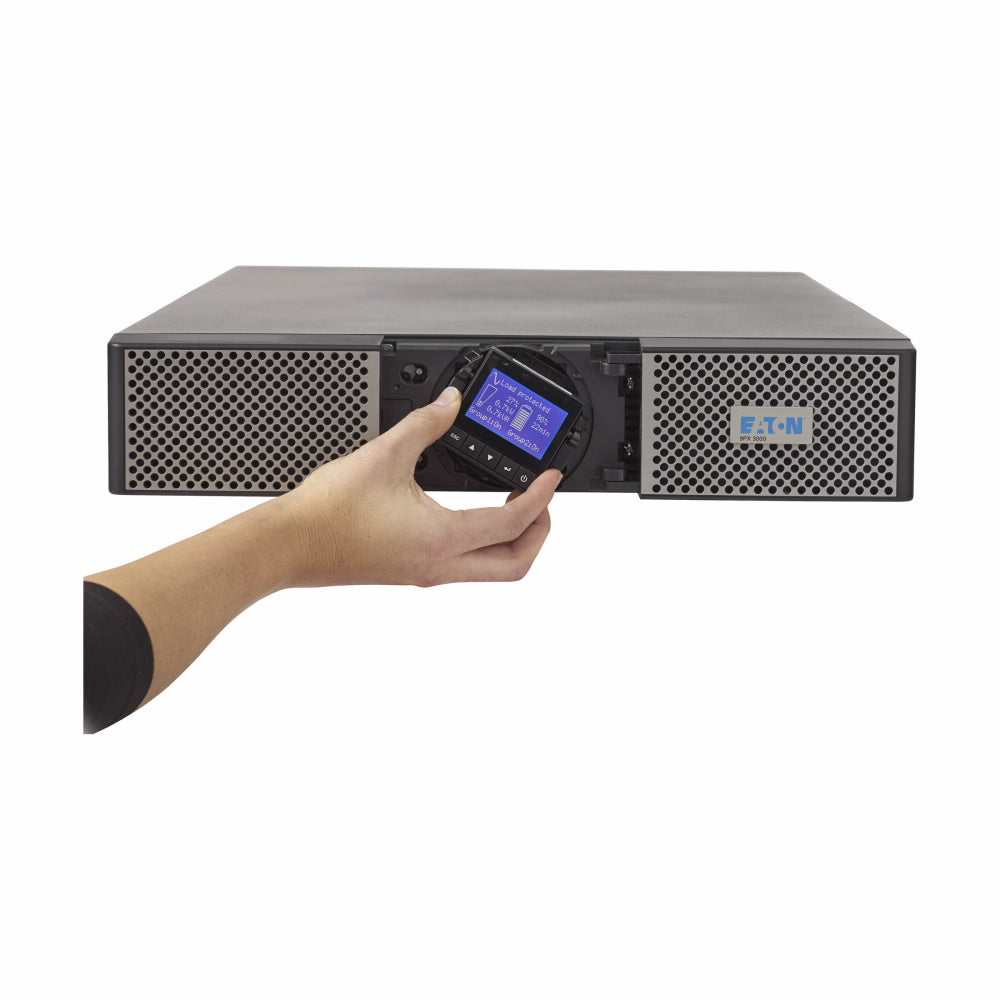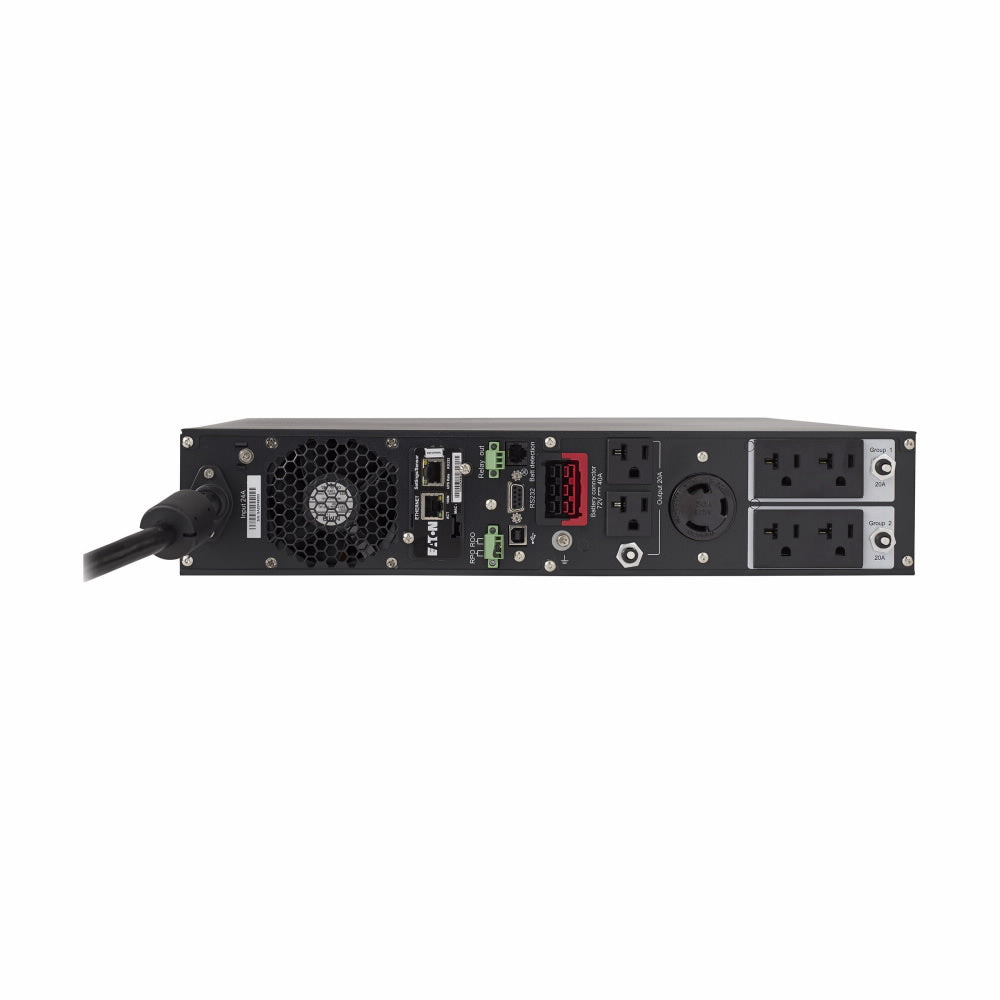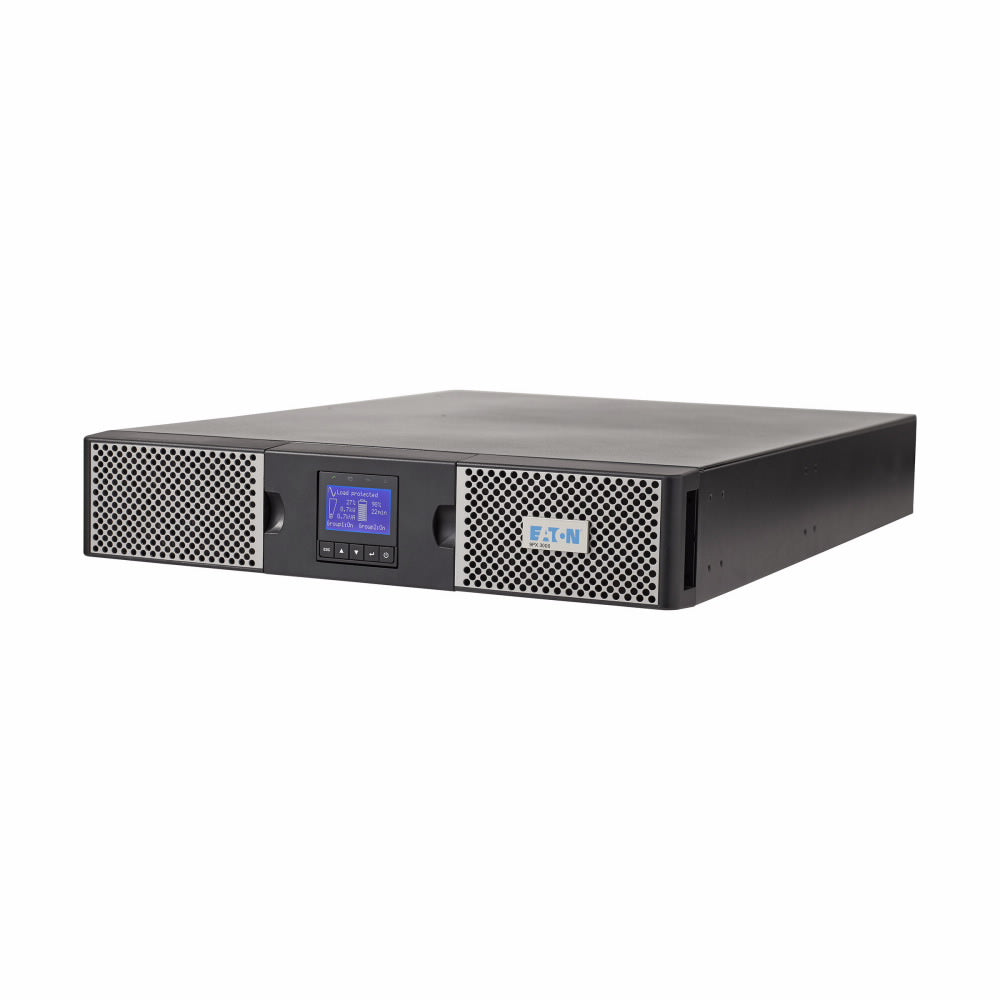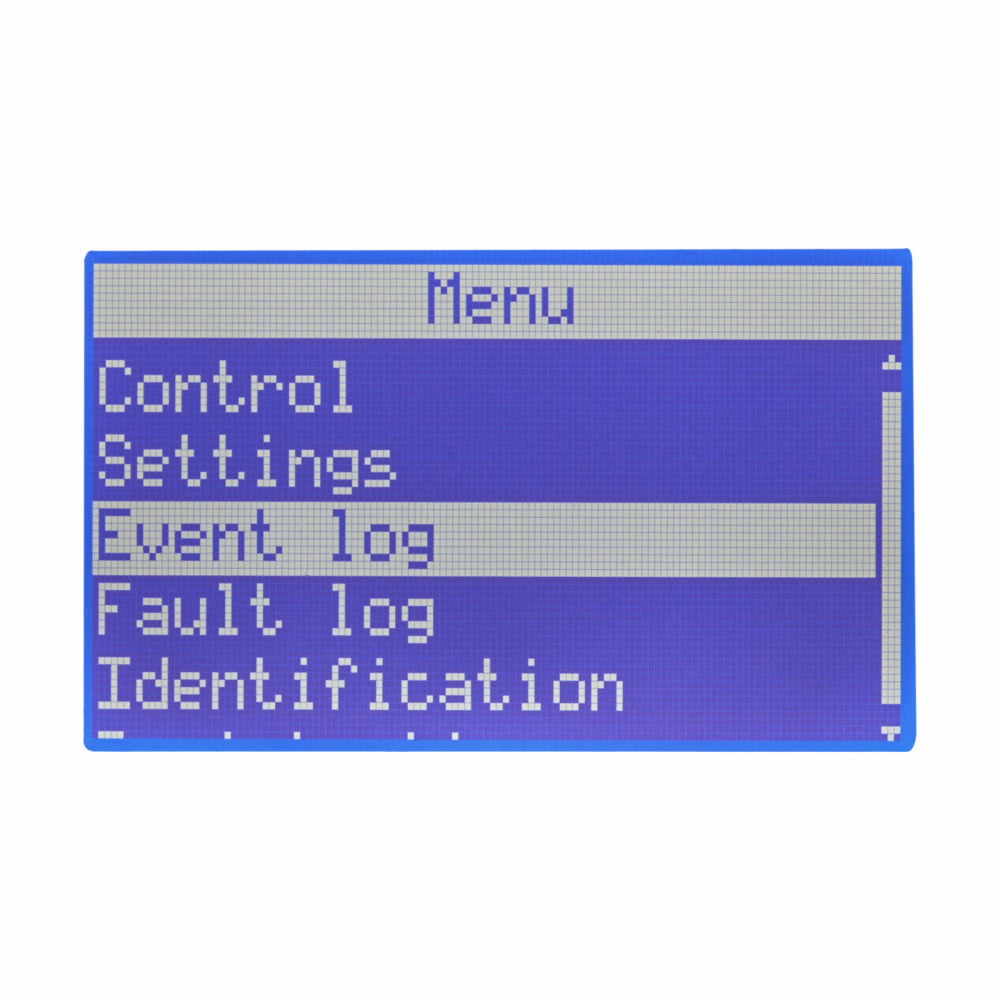Understanding the components and parts that make up a UPS system can help you comprehend not only how a UPS system functions but also identify potential problems within your system.
There are many variations of UPS systems used in the industry but in this post, we will be dissecting the components of an online double-conversion UPS system. Because an online double conversion ups system is the standard system used for mid-range to large solutions.
Let’s dissect how the static bypass, rectifier, inverter, and battery work together in an online double conversion ups system.
4 Main Components:
1. Static Bypass
The internal static bypass circuit is the first shield against potential power issues. In the event of a power issue, the static bypass closes the circuit of power that would normally flow through the rectifier, batteries, and inverter, and diverts it around these components. Meaning utility power is running straight to your equipment, rather than conditioned power. This component allows your UPS system to continue to run on utility power if the internal components of the UPS were to fail.
2. Rectifier
The rectifier has two main functions. The first is to convert incoming power from A/C to D/C, and the second is to charge and ensure that the batteries stay at proper float voltage.
3. Inverter
The inverter accepts D/C power from the D/C buss, which is supplied by the rectifier and the battery.

If you experience a power outage, the rectifier will no longer provide a current, leaving the battery as the only source that will continue to feed the D/C buss until the batteries have exhausted to a point that they can no longer support the load alone. Once the batteries wear down, the system risks dropping the load altogether, unless an external power source (typically utility power or a generator) begins to provide power to the UPS system.
4. Battery
The battery is the main lifeline of a UPS system. UPS battery systems are made up of battery strings, and each UPS battery system has at least one string of batteries. The number of batteries required within the string varies by the D/C bus voltage of the UPS.
Batteries within a string are connected. Therefore, if a single battery were to fail, the entire string fails. In addition, a battery string can be added to the UPS to provide extra runtime and/or redundancy of the battery system.
UPS batteries deter with age and use. A typical valve-regulated lead-acid (VRLA) UPS battery has a life expectancy of four to six years. To get a long useful life out of your UPS batteries it is best to inspect the batteries regularly. Semi-annual or even quarterly inspections are warranted.
Again, understanding the major components that make up a UPS system can help you comprehend not only how a UPS system functions but also identify potential problems within your system. For further questions on this topic, reach out to our power experts!
Searching for a new uninterruptible power supply system?
You’ve come to the right place, start shopping featured UPS systems with us.

